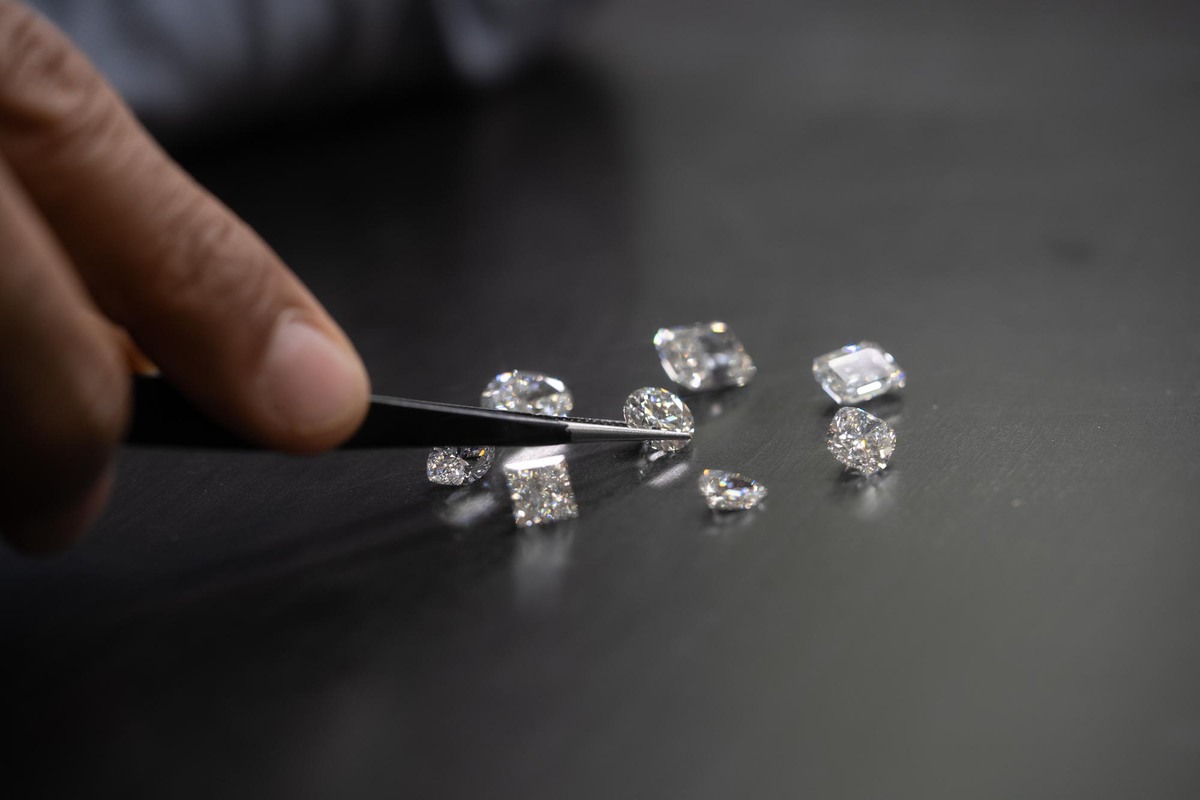For decades, the perception that diamonds are rare has been ingrained in popular culture, primarily due to effective marketing campaigns. However, the reality is that mined diamonds are not rare in the way many consumers believe. This article will explore the reasons behind this misconception, the diamond supply chain, and the implications for consumers.
The Truth About Diamond Availability
Contrary to popular belief, mined diamonds are not rare. In fact, they are relatively abundant in the Earth’s crust. The global diamond supply is substantial, with numerous mines operating around the world, particularly in countries like Russia, Canada, and Botswana. The misconception of rarity has been fueled marketing strategies that emphasize the allure and desirability of diamonds, rather than their actual availability.
The Role of De Beers and Market Control
One significant factor contributing to the belief that mined diamonds are not rare is the historical control exerted companies like De Beers. For much of the 20th century, De Beers dominated the diamond market, carefully managing the supply to maintain high prices. By limiting the availability of diamonds and creating a perception of scarcity, they successfully positioned diamonds as luxury items. This manipulation of supply led consumers to believe that diamonds were rare, when in fact, they were simply being strategically marketed.
Understanding the Diamond Supply Chain
To further understand why mined diamonds are not rare, it’s essential to look at the diamond supply chain. Diamonds are mined in large quantities, and while high-quality stones can be less common, the overall availability of diamonds is significant. After extraction, diamonds go through various processes, including sorting, cutting, and polishing, which can take years. The end product, a beautifully cut diamond, may seem rare, but the raw material is far more abundant than many realize.
The Impact of Synthetic Diamonds
The rise of synthetic diamonds has also challenged the notion that man made diamonds are not rare. Laboratory-grown diamonds, which are chemically identical to mined diamonds, are produced in controlled environments and can be created in large quantities. This innovation has led to a more competitive market, further demonstrating that the belief in diamond rarity is not based on actual scarcity. As synthetic diamonds become more popular, consumers have more options than ever, often at a lower price point.
Consumer Education and Awareness
As awareness grows that mined diamonds are not rare, it is crucial for consumers to educate themselves about their choices. Understanding the diamond industry’s dynamics can empower buyers to make informed decisions, whether they opt for mined diamonds, synthetic alternatives, or even other gemstones. Knowledge about the abundance of diamonds can also help consumers navigate the market and seek out ethical and sustainable options.
The Future of the Diamond Market
The conversation surrounding diamond rarity is evolving. As consumers become more informed about the realities of the diamond market, the demand for ethically sourced and sustainably produced diamonds will likely increase. Mined diamonds are not rare, but their environmental and social implications are becoming a priority for many buyers. The future of the diamond market may shift towards greater transparency and responsibility, ultimately benefiting both consumers and the industry.
Conclusion
In conclusion, the idea that mined diamonds are not rare is rooted in historical marketing practices and misconceptions. Understanding the realities of diamond availability, the supply chain, and the emergence of synthetic diamonds allows consumers to make more informed choices. As the diamond industry continues to evolve, it is essential to challenge outdated notions of rarity and prioritize ethical practices in our purchasing decisions.

